Story: Elizabeth Dangerfield (Canberra Organic – Autumn 2020)
All things old are new again. All things once derided are now acclaimed. Although I am still waiting for tripe to make a comeback (apart from its use as an art installation at the National Gallery of Australia). I notice that humble beef cheeks are considered a delicacy, along with lamb shanks. Even swedes and turnips, so humble that they use to be fed to cattle, are back in the shops, along with a vegetable that is so ugly that it should be considered inedible—the celeriac.

Rhubarb is one of those born-again vegetables although it is used as fruit. It is grown a lot in COGS community gardens, mainly because good quality rhubarb is hard to find in shops. It is delicious stewed. Being both sweet and tart, it is a taste sensation and so colourful if you grow the red stemmed variety. The red colour is due to the presence of anthocyanins. Apparently, you can eat it raw but given its tartness I have never tried this, I still remember the mouth puckering experience of eating an unripe persimmon.
Rhubarb has a very long and illustrious history. Rheum palmatum is mentioned in records as early as 2,700 bc in China, where its roots were used for medicinal properties. It was so valued that its export from China was forbidden, along with tea. In 1839 it was used as a bargaining chip to try to prevent foreigners selling opium to the Chinese. A letter was apparently sent to Queen Victoria warning her that the foreign barbarians would surely die without tea and rhubarb. Unfortunately, the letter was written in Chinese and ignored.
It did make its way to Europe in Islamic times, along the Silk Road in the 14th century ad. It was incorporated into the European pharmacy where its roots were used for medicine. It was an exotic and expensive plant, more expensive than cinnamon, opium and saffron. That is amazing considering how it is treated as of little consequence today.
In 1778 rhubarb was being used as a food in Europe in pies and tarts. This rhubarb could have been a hybrid of Chinese rhubarb. Rhubarb hybridises readily. Most modern rhubarb cultivars are tetraploids with four sets of chromosomes. This is not unusual in the plant family. The giant strawberries you see in the supermarket did not get that way on one set of chromosomes. Whatever the origin of culinary rhubarb, it was valued for its fleshy stalks rather than its roots. Not long after this rhubarb was being grown in Massachusetts, USA.
According to Colin H Clayton, fourth generation Australian rhubarb grower and breeder, Rheum x hybridum came to Australia from England with the first free settlers and was well established by 1840. Interestingly, all rhubarb, up to 1890 was winter deciduous, then Mr Topp of Bendigo developed an evergreen variety. It was established in New Zealand and distributed worldwide.
The leaves of rhubarb are inedible, even dangerous, as they contain large amounts of oxalic acid. Interestingly, the stems of rhubarb damaged by severe cold should not be eaten as in these conditions oxalic acid can migrate from the leaves to the stem. Oxalic acid is a nephrotoxin, that is its can adversely affect kidney function. However, you would have to eat 4–8 kg of rhubarb leaves to ingest a lethal dose. Rhubarb leaves may also contain another toxin, possibly anthraquinone glycoside, so avoid them anyway.
Also be wary of animals eating the leaves. The soluble oxalate salts found in rhubarb can poison animals such as cats and dogs by binding with calcium in the body, causing a sudden drop in calcium resulting in drooling, loss of appetite, vomiting, diarrhea, lethargy, weakness, tremors, bloody urine, and changes in thirst and urination. Occasionally, this can result in renal failure.
Other types of rhubarb include Rhuem rhabarbarum (syn undulatum), Rhuem rhaponticum, Rhuem officinale and Rhuem ribes. Both the stems and roots of rhubarb are rich in anthraquinones which are cathartic (acceleratesdefecation) and laxative (easesdefecation). The roots also contain stilbenoid compounds including rhaponticin which may lower blood glucose levels—at least they seem to do this in diabetic mice.
Most rhubarb dies down in winter, so in order to get early stems, they have been traditionally grown in forcing sheds in the United Kingdom in the rhubarb triangle between Wakefield, Leeds and Morley. Light is excluded encouraging the stems to grow ever higher. The forced rhubarb is cut by candlelight and is apparently very tender and sweet. Special clay forcing pots are used outside to protect the plants from late frosts and to encourage long stems. You can try using milk cartons or a bundle of newspaper to get the same effect.
Etymologically, the names for rhubarb come from two Greek words. ‘Rheon’ from Persian which was transformed to Latin ‘Rheum’ and ‘Rha’—the ancient name for the Volga River in Russian. Rhuem rhabarbarum is rhubarb from Russia (it reached Russia from China). The barbarum part of the name means strange or foreign or barbarous perhaps. All that morphed into rhubarb in English.
